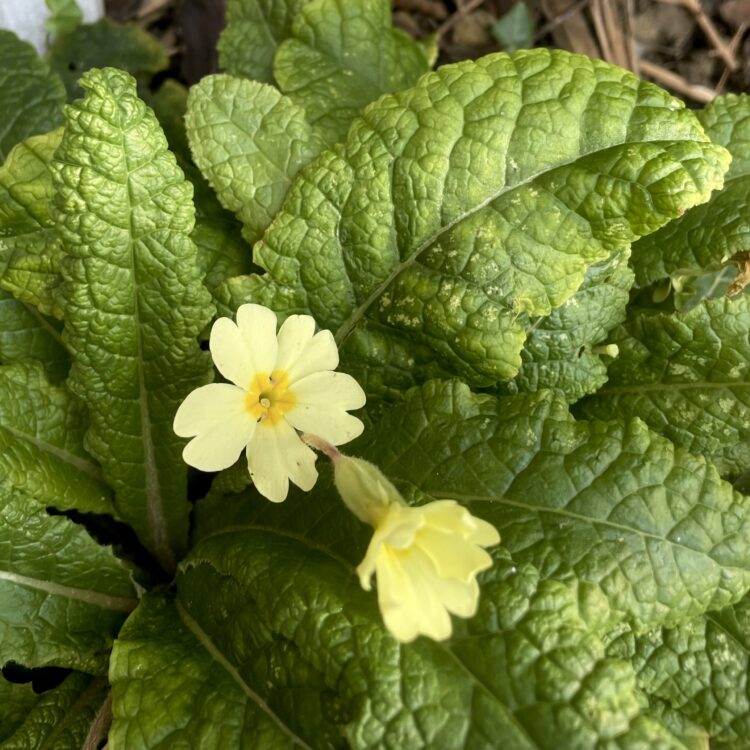Plant of the month for March
Primula vulgaris (the common primrose) is my plant of the month for March 💛 Its pale yellow flowers can brighten the gloomiest of days, and it’s a lovely reminder that spring is just around the corner!
Value to wildlife
When the weather’s mild it can start flowering as early as December and continues right through to the end of spring! It’s earned a spot on the RHS ‘Plants for Pollinators’ list as it’s rich in pollen and nectar 🐝
Folklore
Strongly associated with youth, optimism, eternal love and fairies. It’s said that the gateway to the fairy realm can be found within large patches of them! 🧚
Medicinal history
First things first, don’t eat any plant parts without doing research first as it could lead to health implications.
The use of Primula vulgaris as a medicine is believed to date back THOUSANDS of years! Back then it was used to treat issues such as headaches, fevers, gout, rheumatism, infections and easing pain during childbirth. It would have actually helped as well, because Primula contains salicylates and saponins. In short, salicylates have anti-inflammatory properties and today are a main ingredient of aspirin, whereas saponins are frequently used in pharmaceuticals for their anti-microbial properties.
Specs
Primula vulgaris is a semi-evergreen perennial that’s native to the UK. It thrives in part shade and isn’t too fussy about soil type, just make sure the soil doesn’t get waterlogged or too dry. It reaches an ultimate size of around 20cm x 40cm, so If you’re tight for space this is the plant for you! It’s even been awarded an AGM 🏆 which basically means it’s likely to perform excellently in the average UK garden.



